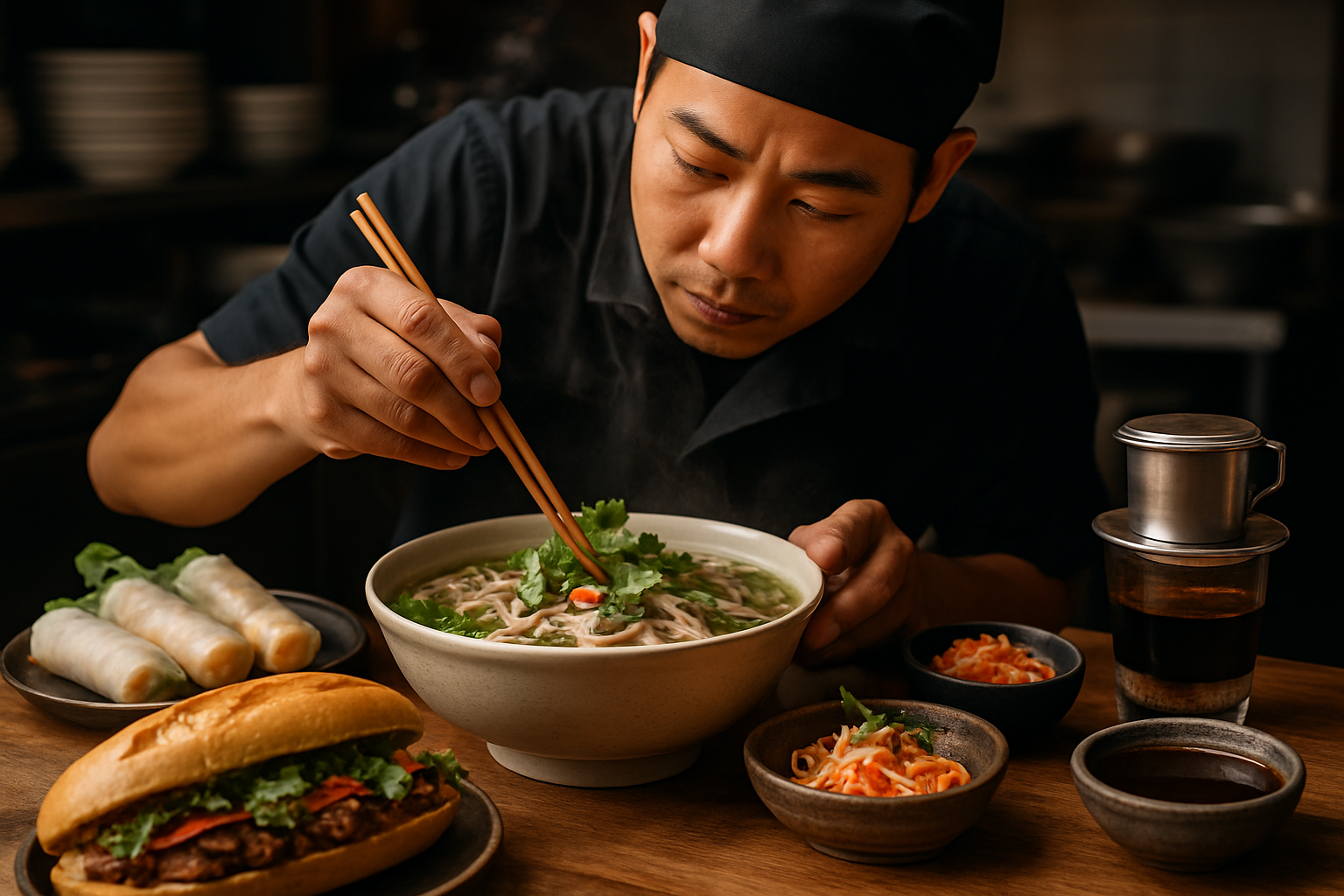Asian Food Guide: Street Food, Noodles & Global Cuisine
Asian food is a vast, flavorful landscape that spans continents, languages, and centuries. From bustling markets to quiet home kitchens, the ingredients and techniques vary enormously, yet share a focus on balance, freshness, and texture. Whether you’re drawn to spicy curries, delicate dim sum, or a steaming bowl of noodles, understanding the traditions behind these dishes makes eating them more rewarding.

What makes Asian food unique?
Asian food often emphasizes harmony between flavors—sweet, sour, salty, bitter and umami—combined with fresh ingredients and specific cooking techniques like stir-frying, steaming, braising, and pickling. Staples such as rice, noodles, soy, fish sauce, and a wide range of vegetables appear across many regions, but each culture adapts them with local produce and spices. The result is not a single cuisine but a family of culinary systems where regional history, climate, and trade shaped what people cook and eat.
How wide is asian cuisine across regions?
Asian cuisine covers several major culinary areas—East Asia (China, Japan, Korea), Southeast Asia (Thailand, Vietnam, Malaysia, Indonesia, Philippines), South Asia (India, Pakistan, Bangladesh, Sri Lanka), Central Asia, and parts of the Middle East. Each region contains multiple sub-regions with distinct tastes: coastal areas might highlight seafood and fermented sauces, while inland regions lean on grains, dairy, and preserved foods. Cultural practices, religious dietary rules, and seasonal availability all contribute to the enormous variety found within Asian cuisine.
Where does street food fit in Asian culture?
Street food is central to many Asian food cultures, acting as both daily sustenance and social ritual. Markets and street stalls serve quick, affordable meals that reflect local identity—think skewered satays, bao buns, grilled fish, or rice porridge. Street food can introduce tourists and locals alike to regional specialties and often preserves traditional recipes passed down through families. Because stall owners frequently specialize in a single dish, street food in Asia can represent deep expertise and intense flavor crafted for speed and satisfaction.
How do noodles shape Asian dishes?
Noodles are a cornerstone across numerous Asian cuisines, appearing in soups, stir-fries, cold salads, and dumplings. Made from wheat, rice, buckwheat, or even mung bean starch, noodle types vary in thickness, texture, and preparation method. In some cultures, noodles symbolize longevity and celebration; in others they are everyday comfort food. Cooking techniques—from hand-pulled lung mee to delicate rice vermicelli—create widely different mouthfeel and flavor absorption, making noodles an endlessly adaptable canvas for broths, sauces, and toppings.
How to explore Asian cuisine in your area?
Start by visiting local markets and small restaurants that specialize in specific regional dishes—these places often serve more authentic versions than generalized fusion spots. Look for places where cooks prepare food visibly, use fresh produce, and have steady local patronage. Trying street food-style vendors and family-run eateries gives a sense of traditional techniques and regional specialties. Cooking at home is another route: begin with approachable recipes like stir-fried noodles, simple curries, or steamed dumplings using readily available ingredients, then expand into fermented condiments and spice blends as you grow more confident.
Asian food is best appreciated through experience—tasting, learning about ingredients, and understanding the cultural context. Seek out classes, community festivals, and ethnic grocery stores to broaden your palette and knowledge, and be open to flavors that may be new or unexpected.
Conclusion
Asian food offers an enormous and rewarding culinary world: each bite can reveal centuries of history, regional adaptation, and personal storytelling. From casual street food to intricate banquet dishes, the shared emphasis on balance, texture, and seasonal ingredients connects diverse traditions across the continent. Whether you explore by visiting local services that specialize in regional dishes or by trying homemade noodle and curry recipes, appreciating Asian cuisine involves curiosity and respect for its depth. As you taste, notice the contrasts—heat and sweetness, crunch and softness, fermented tang and fresh herbs—that make this family of cuisines so compelling.






